Home>Gardening & Outdoor>Outdoor Structures>How Big Can You Build A Shed Without A Permit
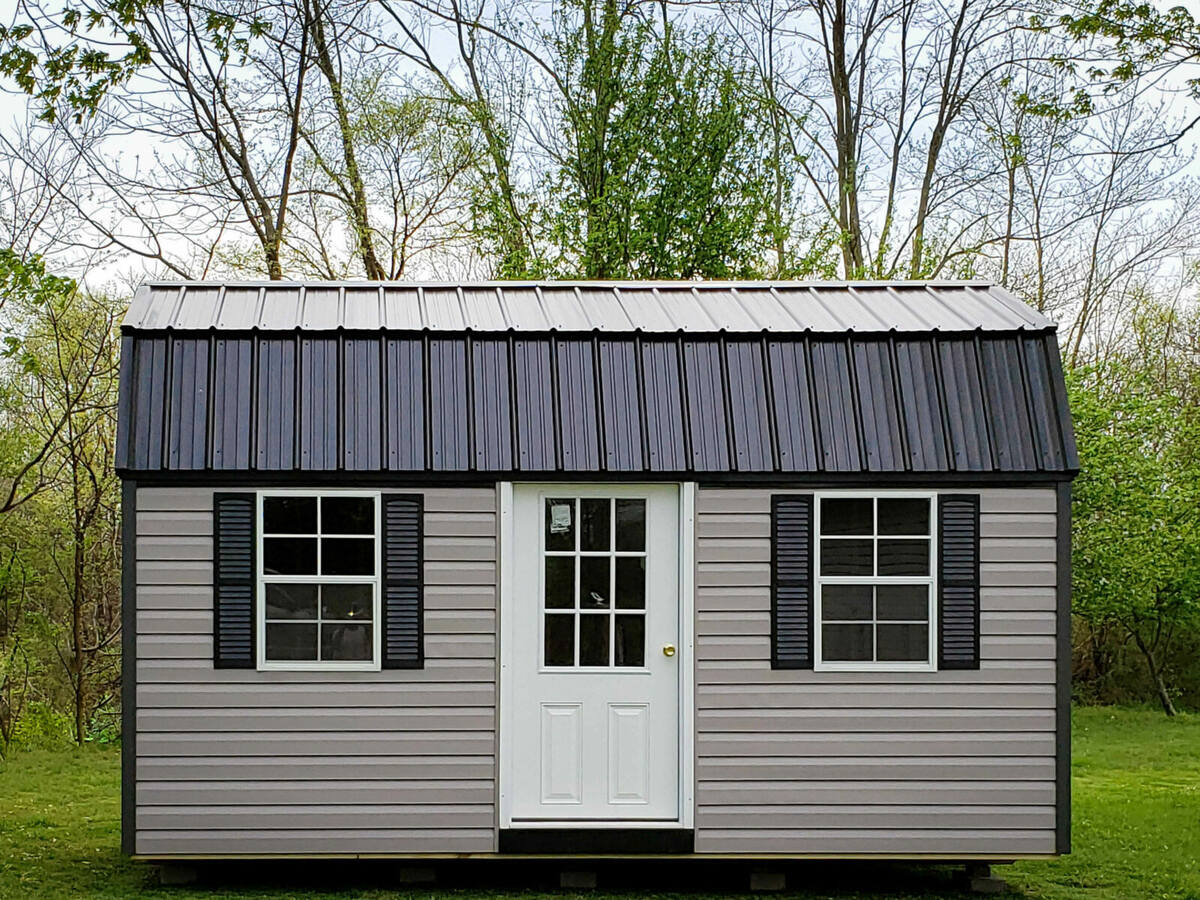

Outdoor Structures
How Big Can You Build A Shed Without A Permit
Modified: March 2, 2024
Learn about the regulations for constructing outdoor structures and find out the maximum shed size allowed without a permit. Ensure compliance and avoid legal issues.
(Many of the links in this article redirect to a specific reviewed product. Your purchase of these products through affiliate links helps to generate commission for Storables.com, at no extra cost. Learn more)
Introduction
When it comes to adding a shed to your property, the prospect of navigating through building permits and regulations can seem daunting. However, understanding the rules and limitations surrounding shed construction is crucial for ensuring a smooth and compliant building process. One of the most common questions that arise is, "How big can you build a shed without a permit?" This query is often accompanied by concerns about potential legal ramifications and the impact on property value.
In this comprehensive guide, we will delve into the intricate world of shed construction regulations, shedding light on the size limitations, building permit requirements, local zoning laws, and the consequences of constructing a shed without the necessary permits. By the end of this journey, you will be equipped with the knowledge needed to confidently navigate the regulations and make informed decisions regarding your shed construction project. Let's embark on this enlightening exploration together.
Key Takeaways:
- Building a shed without a permit can lead to fines, legal issues, and insurance complications. It’s crucial to understand local regulations and obtain the necessary permits to avoid these consequences.
- Shed size limitations and setback requirements vary by location. Property owners should consult local authorities to ensure compliance and avoid potential legal and financial complications.
Read more: How Big Can A Pergola Be Without A Permit?
Understanding Building Permits
Building permits are official documents issued by local government authorities that grant legal permission to commence construction or renovation on a property. These permits are designed to ensure that building projects comply with safety standards, zoning regulations, and other relevant codes. When it comes to constructing a shed, the necessity of obtaining a building permit hinges on various factors, with the size of the structure being a primary consideration.
Local building departments typically have specific guidelines regarding the size of sheds that can be constructed without a permit. While these regulations vary from one jurisdiction to another, a common threshold for permit exemption is often based on the shed’s size in square footage. In many areas, a shed that is 100 square feet or less may be exempt from the permit requirement. However, it is crucial to verify this threshold with your local building department, as regulations can differ significantly.
For sheds exceeding the permit-exempt size, obtaining a building permit is a fundamental step in the construction process. This involves submitting detailed plans and specifications for the proposed shed, which are reviewed by the building department to ensure compliance with relevant regulations. The issuance of a permit signifies that the proposed shed meets the necessary standards and is authorized for construction.
Understanding the nuances of building permits is essential for embarking on a shed construction project. It is imperative to consult with local authorities to ascertain the specific permit requirements and adhere to the prescribed procedures. By doing so, you can navigate the regulatory landscape with confidence and embark on your shed construction journey in a compliant and informed manner.
Shed Size Limitations
When considering the construction of a shed, it is essential to be cognizant of the size limitations that dictate whether a building permit is required. As mentioned earlier, the size threshold for permit exemption varies by location and is typically measured in square footage. Sheds that fall below this threshold may be constructed without the need for a permit, while those exceeding the specified size mandate the procurement of a building permit.
It is important to note that in addition to the overall size of the shed, other factors such as height and setback requirements may also influence permit regulations. For instance, a jurisdiction may stipulate a maximum height for sheds or mandate specific distances between the shed and property lines, buildings, or other structures. These considerations play a pivotal role in determining whether a permit is necessary for the proposed shed construction.
Understanding the size limitations and associated regulations is crucial for making informed decisions regarding the design and construction of your shed. By familiarizing yourself with the permit requirements and size thresholds specific to your location, you can ensure that your shed complies with the established guidelines and avoid potential legal complications.
It is advisable to consult with local building authorities or zoning departments to gain clarity on the size limitations and setback requirements applicable to your shed construction project. By proactively seeking this information, you can proceed with your plans with confidence, knowing that your shed will be constructed in accordance with the prescribed regulations.
Local Regulations and Zoning Laws
Local regulations and zoning laws play a pivotal role in governing shed construction, as they outline the specific requirements and restrictions applicable to different types of structures within a given area. Zoning ordinances are enacted by local governments to regulate land use and development, ensuring that properties are utilized in a manner that aligns with the community’s vision and preserves the overall aesthetic and functionality of the area.
When it comes to sheds, zoning laws often delineate the permissible locations for construction, the size limitations, height restrictions, and setback requirements. These regulations are designed to maintain uniformity within neighborhoods, prevent overcrowding, and safeguard the aesthetic appeal of residential and commercial areas.
Before embarking on a shed construction project, it is essential to familiarize yourself with the zoning laws specific to your property’s location. This involves consulting the local zoning ordinance, which provides detailed information on the permissible land uses, building requirements, and any special provisions related to sheds and other accessory structures.
Additionally, local building departments or zoning authorities can offer valuable insights into the zoning laws governing shed construction. By engaging with these authorities, you can gain clarity on the specific regulations that apply to your property, including any restrictions on shed size, placement, and design.
Understanding and adhering to local regulations and zoning laws is instrumental in ensuring a compliant and successful shed construction project. By aligning your plans with the established zoning ordinances, you can navigate the regulatory landscape with confidence and embark on your shed construction journey while respecting the guidelines that shape your community’s development and aesthetics.
Check with your local building department for specific regulations, but generally, you can build a shed up to 200 square feet without a permit. Always verify with local authorities before starting construction.
Building Without a Permit
Constructing a shed without obtaining the requisite building permit is a decision that carries significant implications. While the allure of bypassing the permit process may seem enticing, it is important to recognize the potential risks and consequences associated with building without proper authorization.
One of the primary concerns related to building without a permit is the violation of local building codes and regulations. These codes are established to uphold safety standards, ensure structural integrity, and maintain the overall harmony of the built environment. By circumventing the permit requirement, individuals may inadvertently compromise these essential considerations, leading to the construction of sheds that do not meet the prescribed standards.
Building without a permit also poses a legal risk, as it can result in enforcement actions by local authorities. In the event of non-compliance with building regulations, property owners may face penalties, fines, or even orders to dismantle the unauthorized structures. This not only translates to financial repercussions but also introduces the potential for legal disputes and challenges that can significantly disrupt the enjoyment of the property.
Furthermore, constructing a shed without a permit can have implications for property insurance and resale potential. Unpermitted structures may not be covered by insurance policies, leaving them vulnerable in the event of damage or liability issues. Additionally, when the time comes to sell the property, unpermitted sheds can complicate the transaction process, potentially diminishing the property’s value and deterring prospective buyers.
It is crucial to recognize that building without a permit is not merely a technicality but a decision that can have far-reaching ramifications. By prioritizing compliance and adhering to the established permit requirements, property owners can safeguard against the risks and uncertainties associated with unauthorized construction, ensuring that their shed projects unfold smoothly and in accordance with the law.
Consequences of Building Without a Permit
Building a shed without the necessary permit can lead to a myriad of consequences, ranging from legal and financial repercussions to practical and logistical challenges. Understanding these potential outcomes is essential for property owners contemplating shed construction and seeking to navigate the regulatory landscape responsibly.
One of the immediate consequences of constructing a shed without a permit is the risk of incurring fines and penalties. Local building authorities have the discretion to levy fines for non-compliance with permit requirements, and these financial repercussions can significantly impact the overall cost of the construction project. Moreover, addressing the legal and administrative aspects of permit violations can entail additional expenses, adding to the financial burden.
From a legal standpoint, building without a permit can result in enforcement actions initiated by local authorities. This may involve receiving a “stop work” order, which halts the construction process until the necessary permits are obtained. In more severe cases, property owners may be compelled to remove the unauthorized structures, leading to additional expenses and logistical challenges.
Practically, unpermitted sheds can pose obstacles when attempting to sell the property. Prospective buyers may be deterred by the presence of unauthorized structures, which can complicate the transaction process and potentially diminish the property’s market value. Additionally, unpermitted sheds may not be covered by property insurance, leaving them vulnerable in the event of damage or liability issues.
Furthermore, the long-term implications of building without a permit extend beyond immediate consequences. Property owners may encounter challenges when seeking to make modifications or additions to their properties in the future, as unpermitted structures can complicate the approval process for subsequent construction projects.
By recognizing the potential consequences of constructing a shed without a permit, property owners can make informed decisions and prioritize compliance with local regulations. Navigating the permit process and adhering to the prescribed requirements not only mitigates the risks associated with unauthorized construction but also ensures that the shed project unfolds smoothly, in accordance with the law, and without incurring avoidable complications.
Conclusion
Embarking on a shed construction project involves navigating a complex landscape of building permits, size limitations, local regulations, and zoning laws. As property owners contemplate the prospect of adding a shed to their premises, understanding the nuances of permit requirements and compliance with regulatory frameworks is paramount.
By delving into the intricacies of shed construction regulations, property owners can equip themselves with the knowledge needed to make informed decisions and ensure a compliant and successful building process. From the determination of shed size limitations to the exploration of local zoning laws, each aspect plays a pivotal role in shaping the trajectory of the construction project.
Recognizing the potential consequences of building without a permit underscores the importance of prioritizing compliance and adhering to the established regulatory guidelines. Property owners are encouraged to engage with local building authorities, zoning departments, and other relevant entities to gain clarity on the permit requirements specific to their location and property.
Ultimately, by proactively seeking information, adhering to permit regulations, and embracing a commitment to compliance, property owners can embark on their shed construction journey with confidence. This approach not only mitigates the risks and potential repercussions associated with unauthorized construction but also fosters a harmonious relationship with local regulatory bodies and the broader community.
As property owners venture into the realm of shed construction, armed with a deep understanding of building permits, size limitations, and local regulations, they can navigate the regulatory landscape with confidence and embark on their construction projects in a manner that upholds safety, integrity, and compliance with the law.
Frequently Asked Questions about How Big Can You Build A Shed Without A Permit
Was this page helpful?
At Storables.com, we guarantee accurate and reliable information. Our content, validated by Expert Board Contributors, is crafted following stringent Editorial Policies. We're committed to providing you with well-researched, expert-backed insights for all your informational needs.
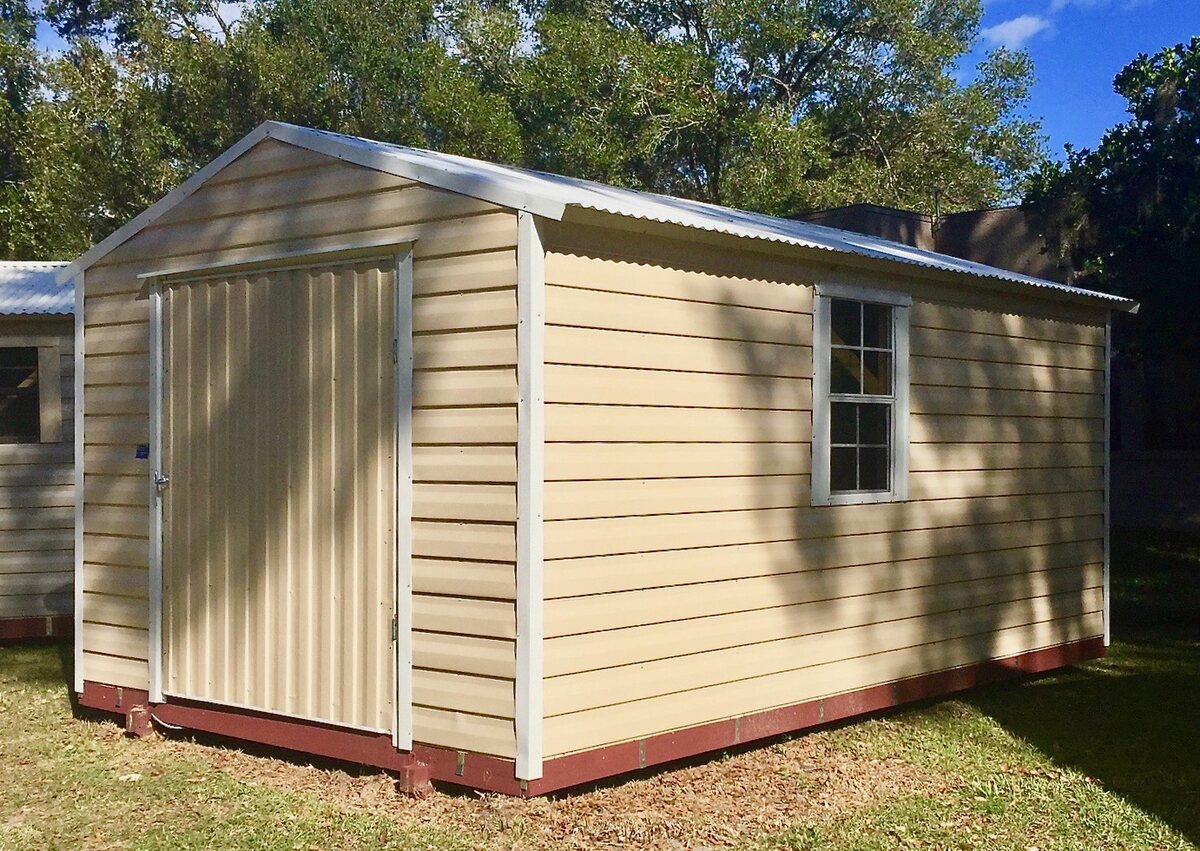
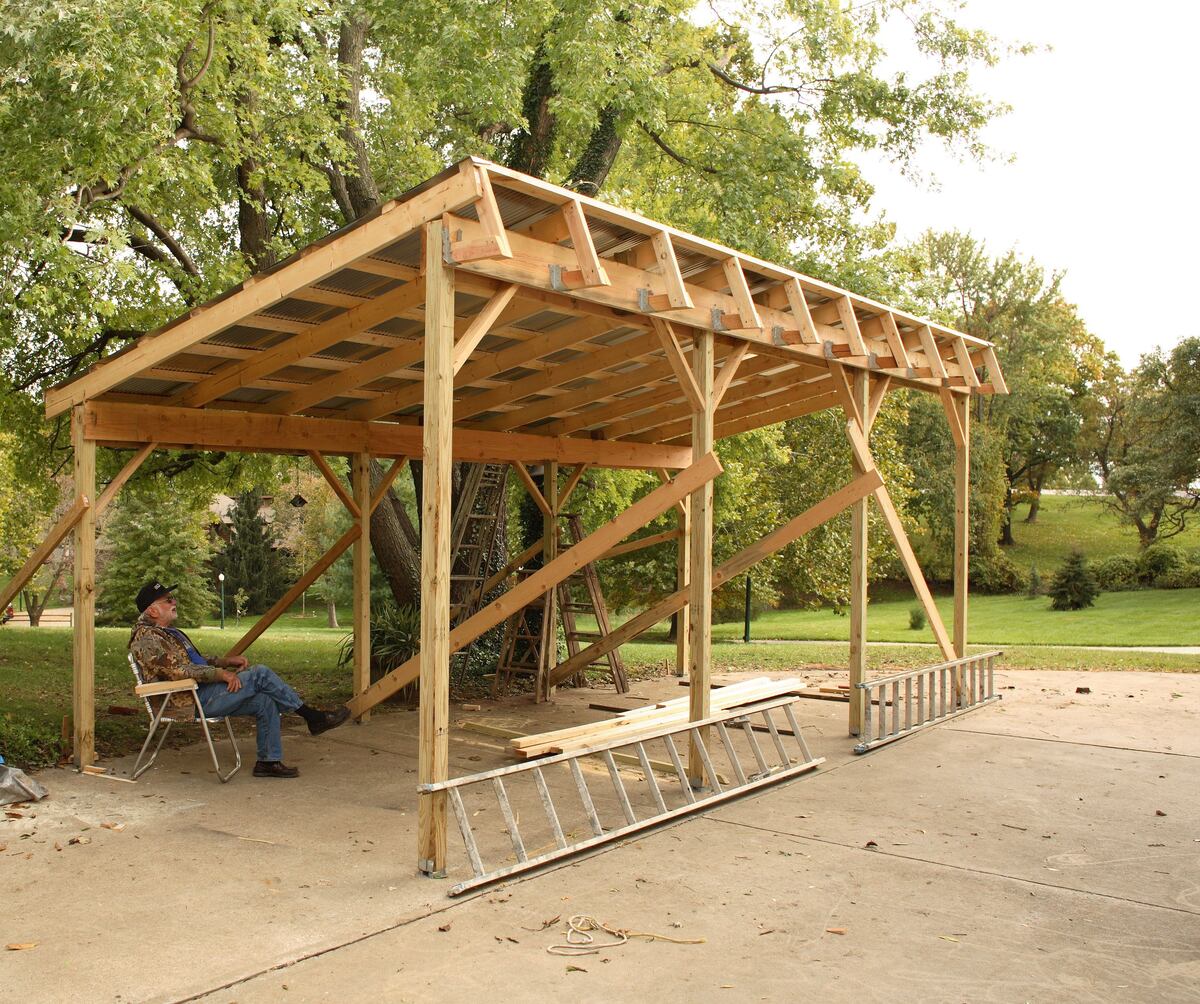
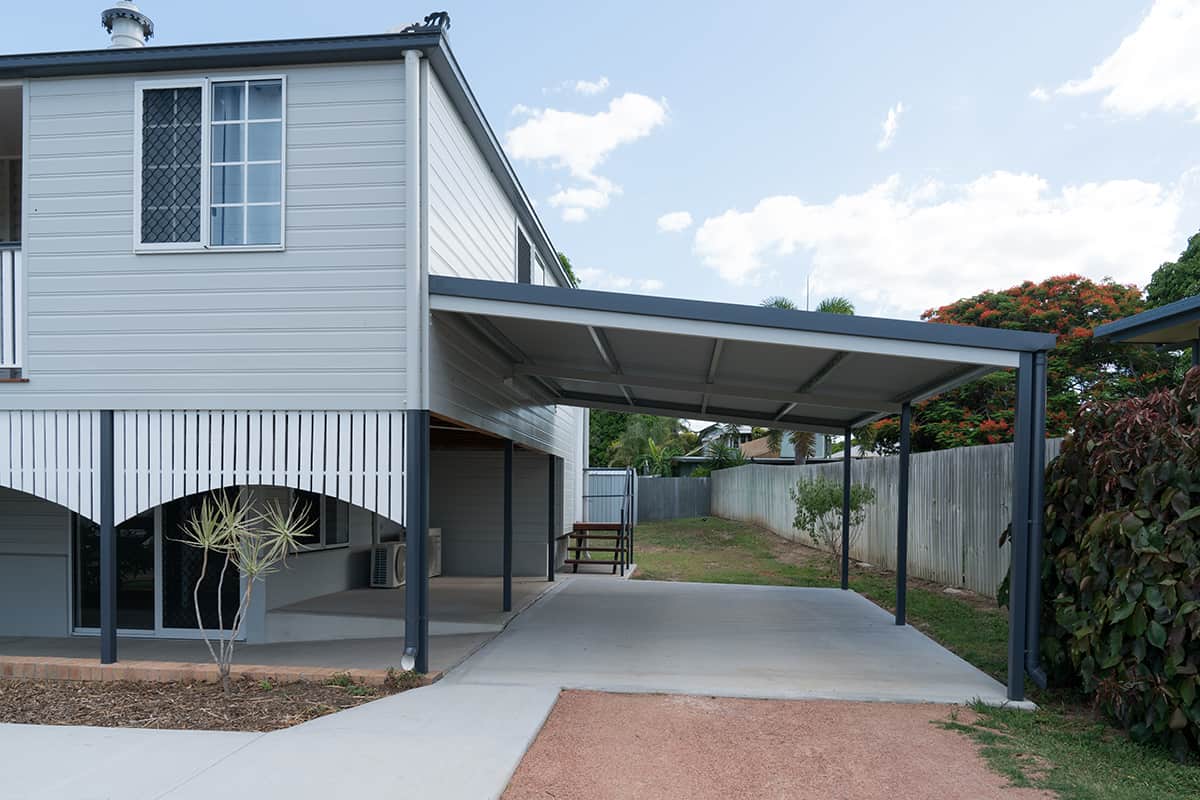
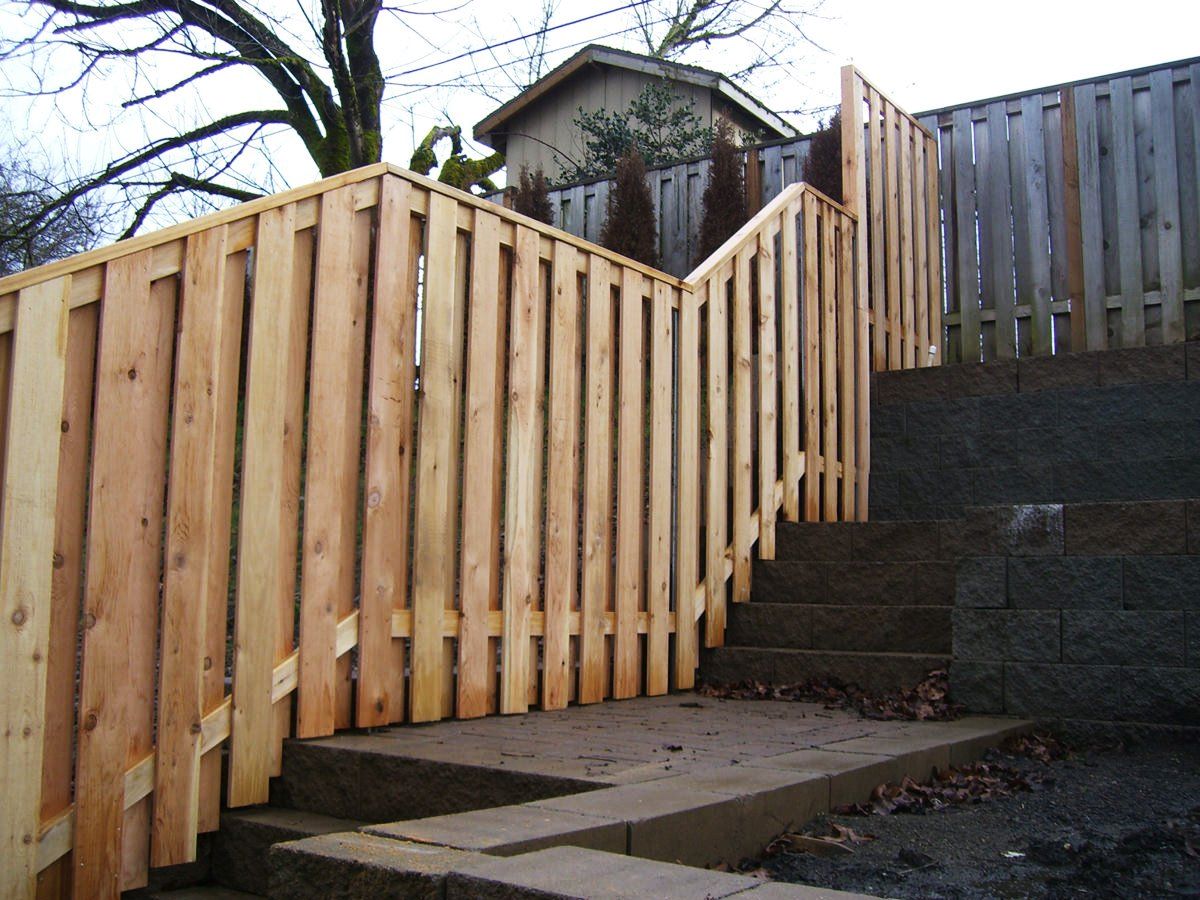
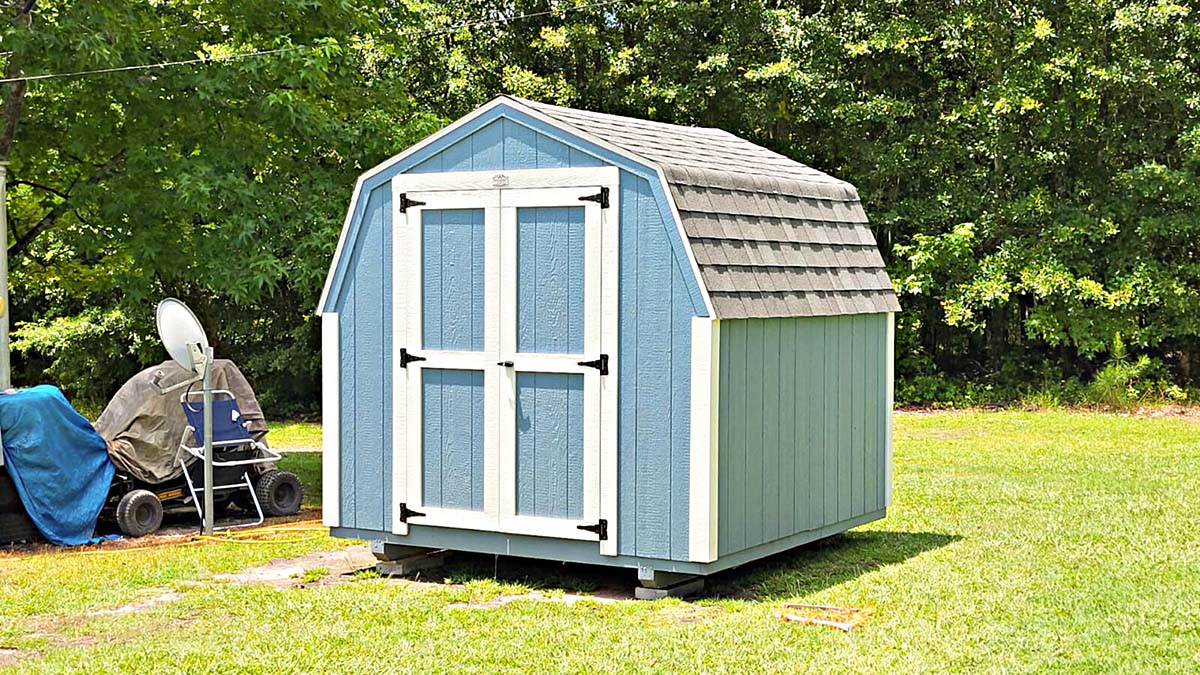
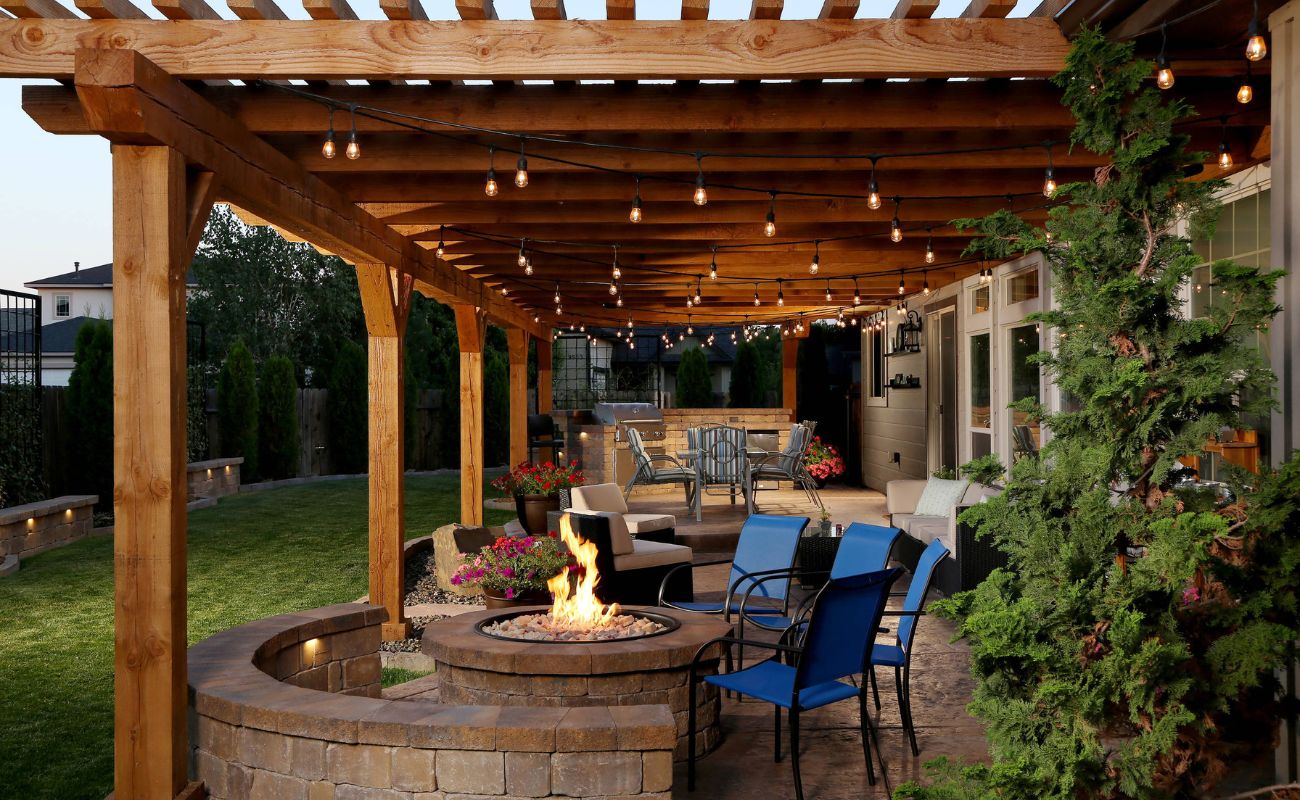
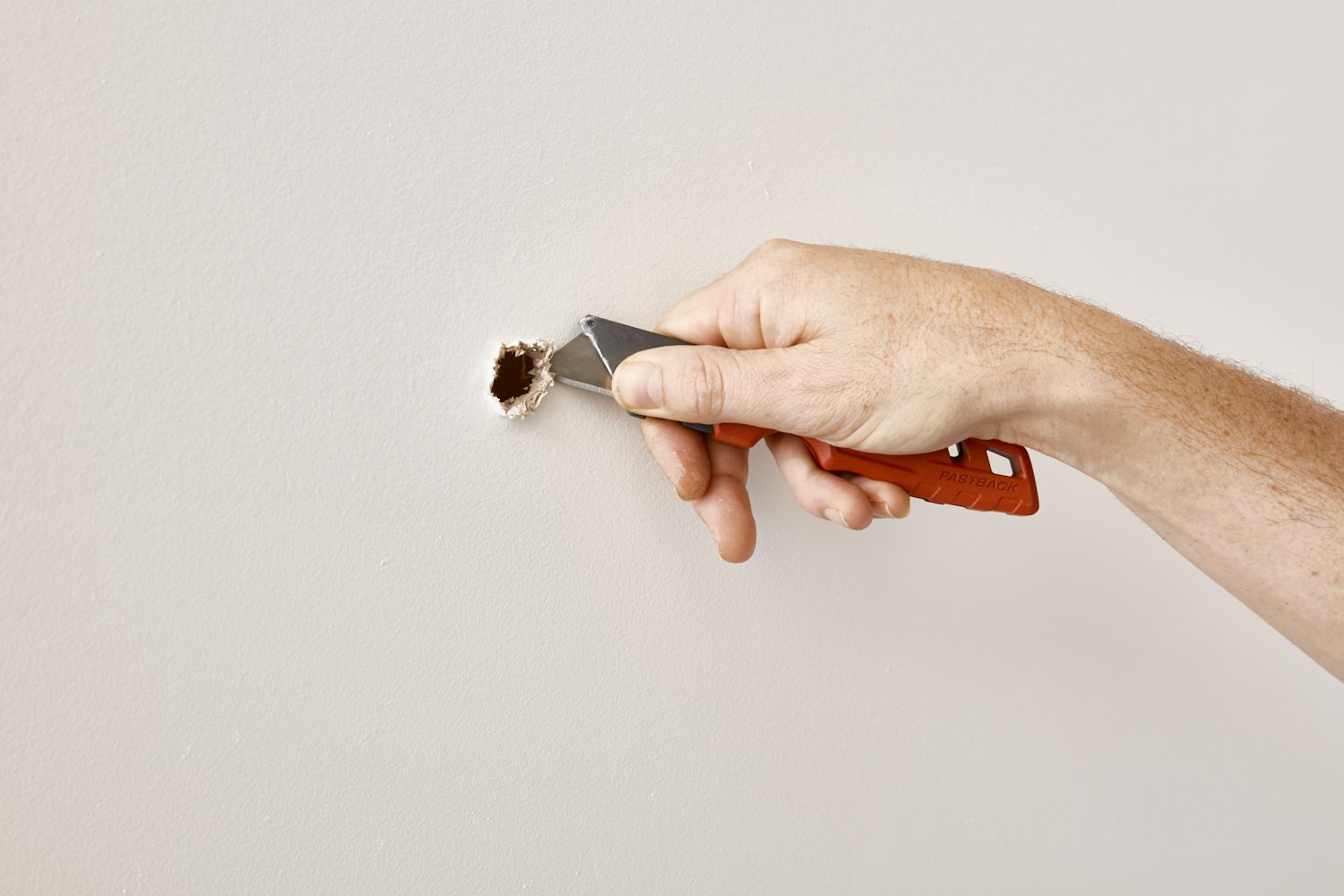
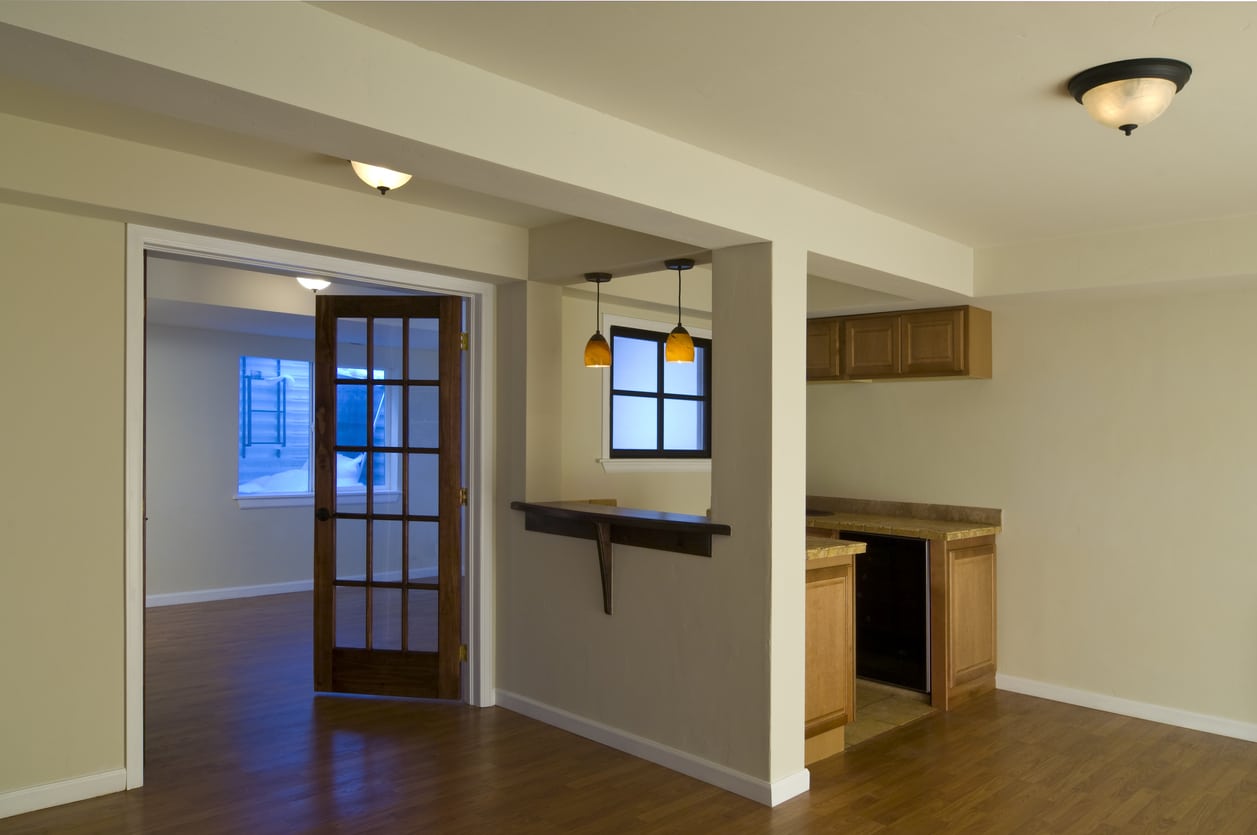
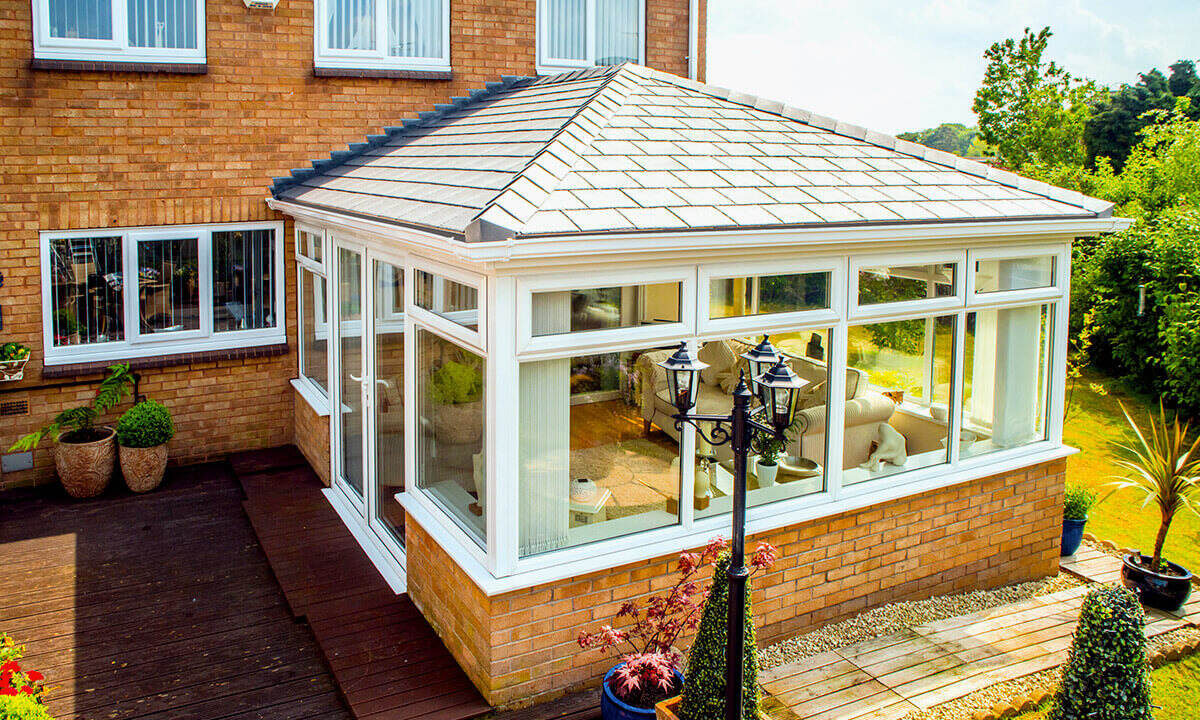
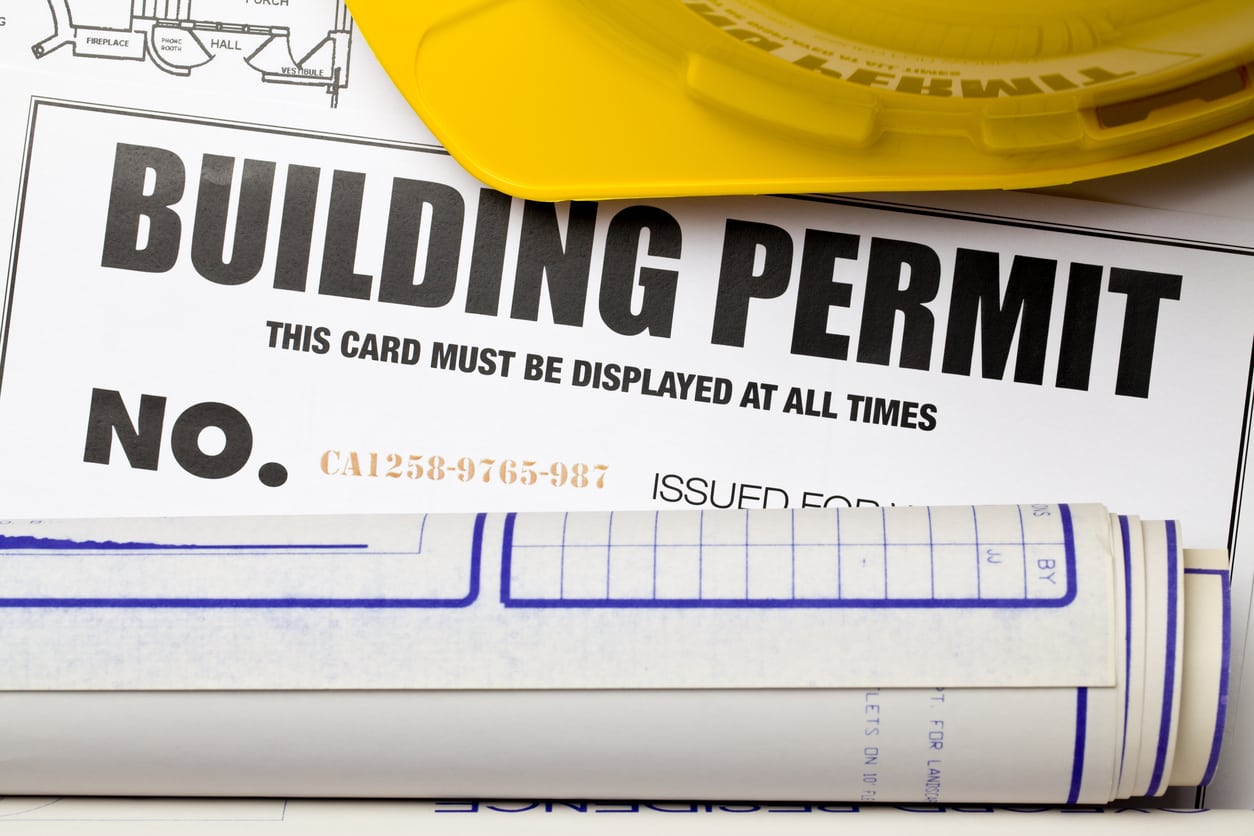
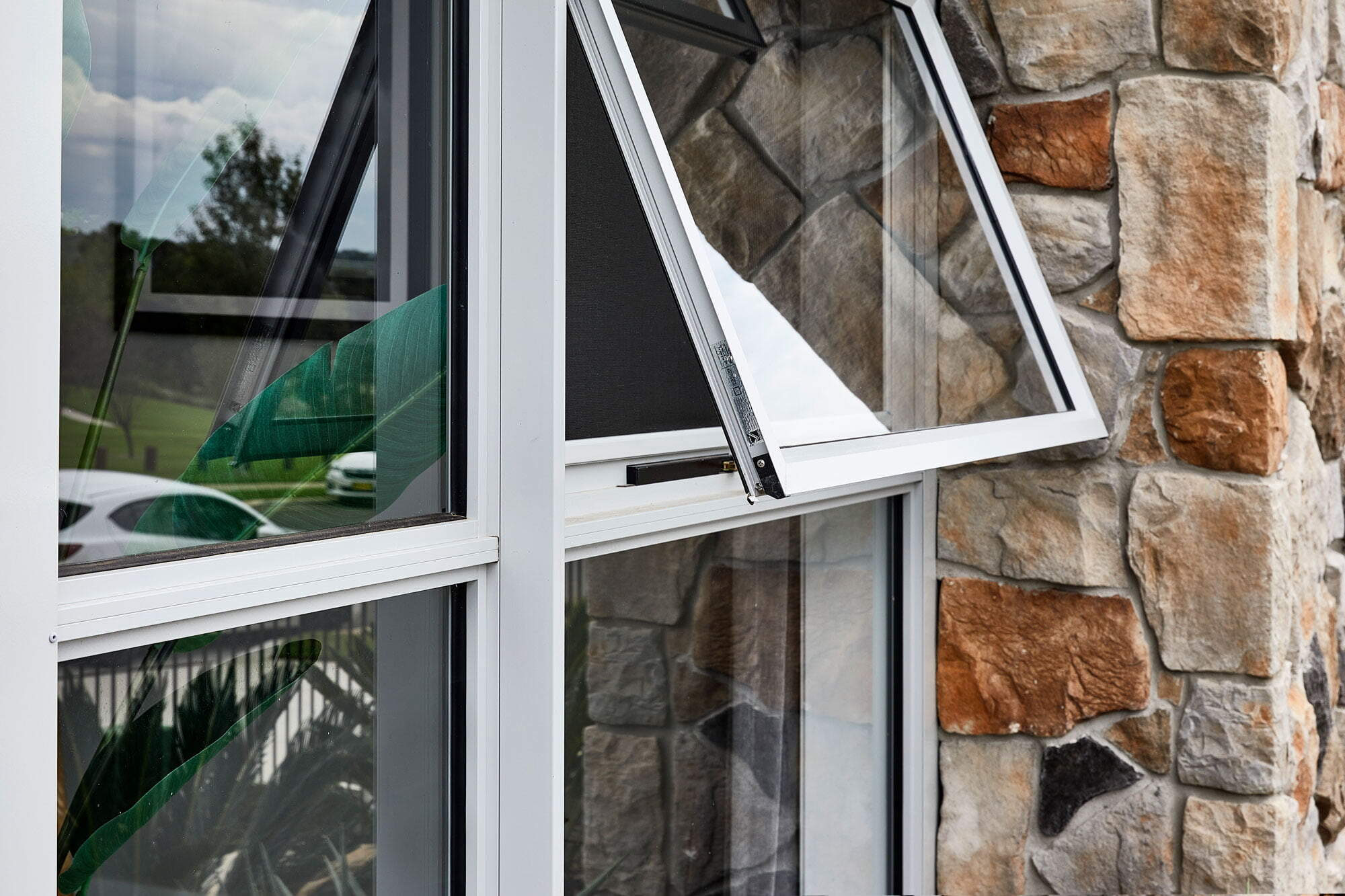
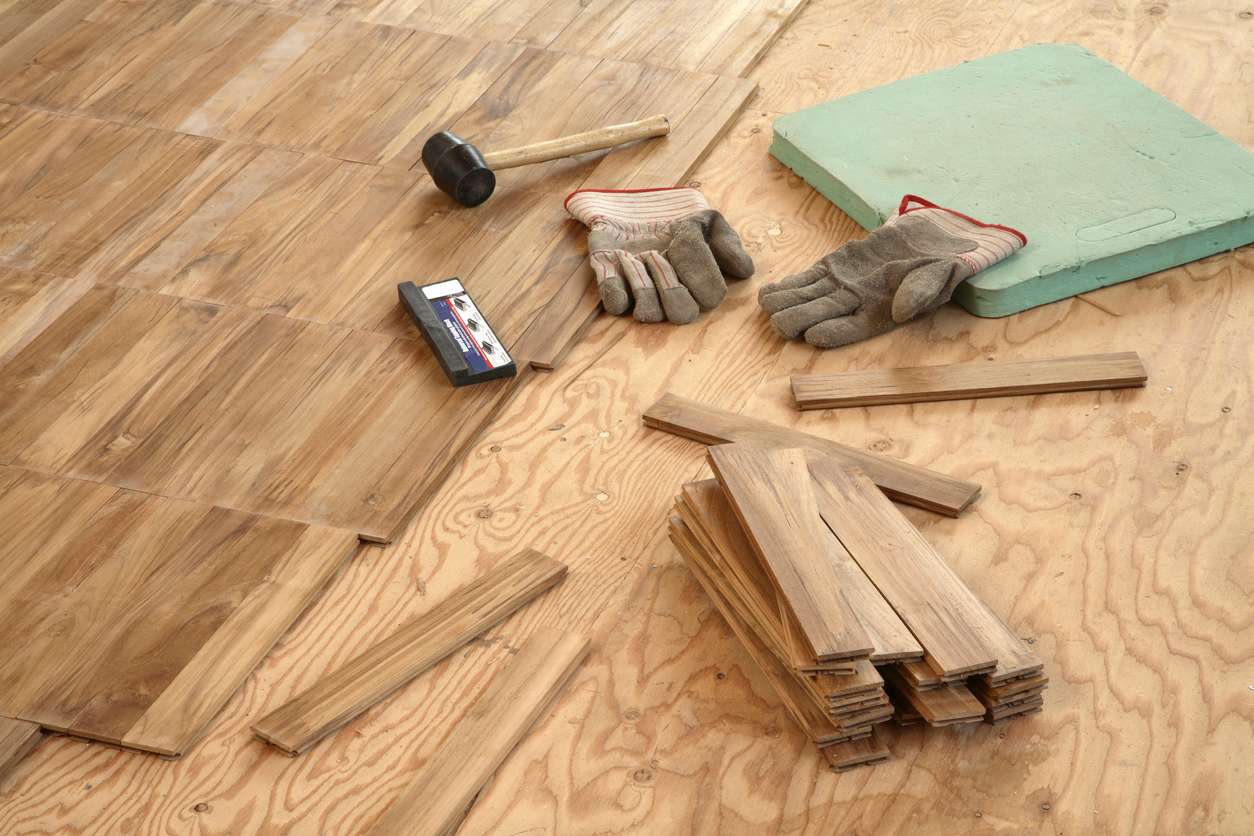
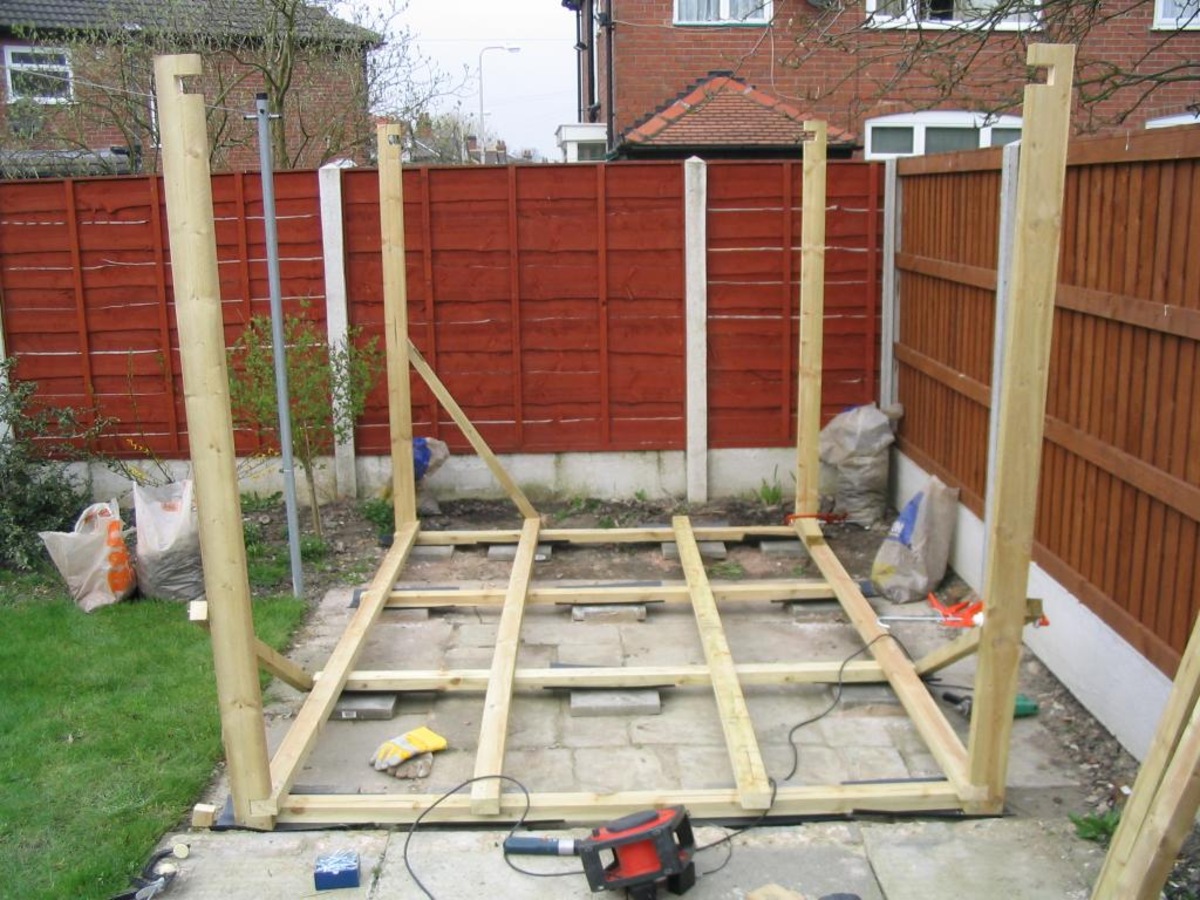
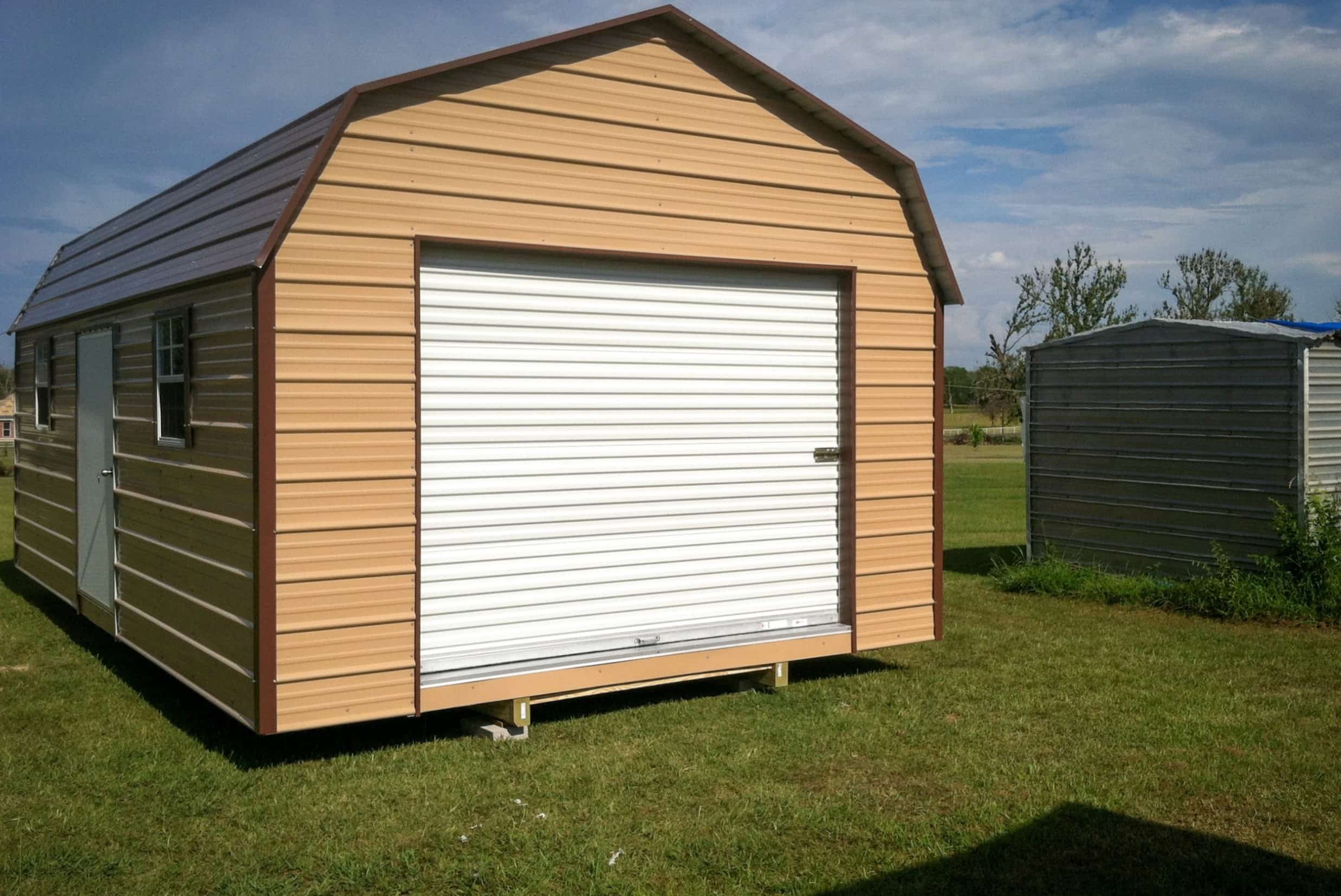

0 thoughts on “How Big Can You Build A Shed Without A Permit”